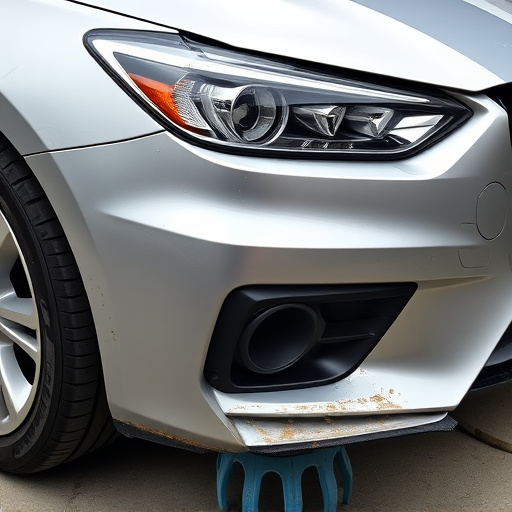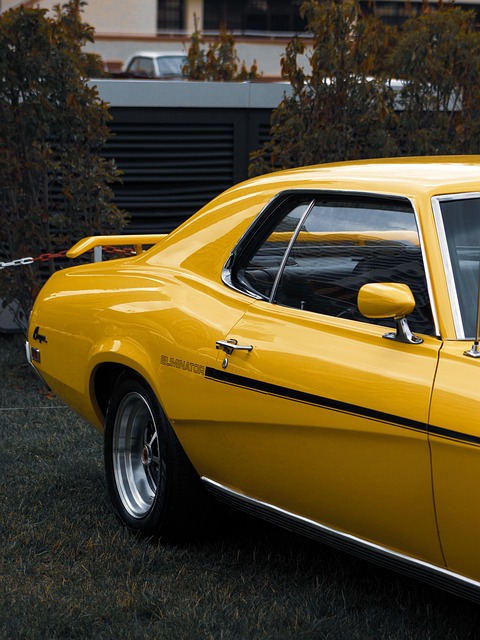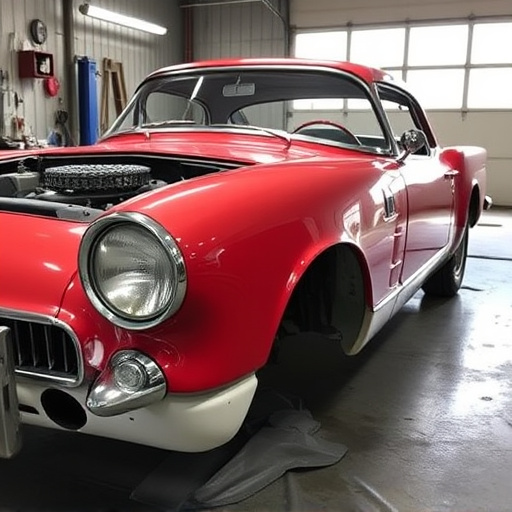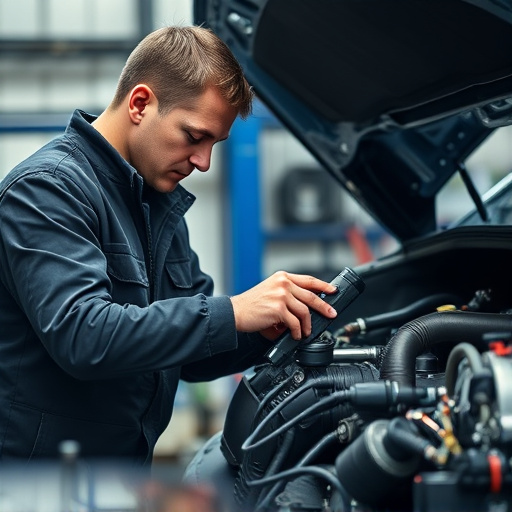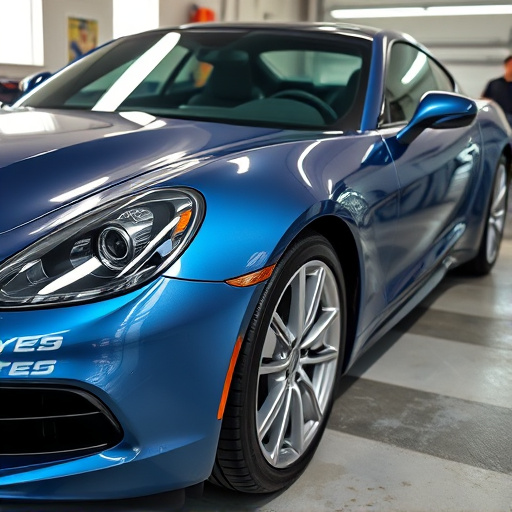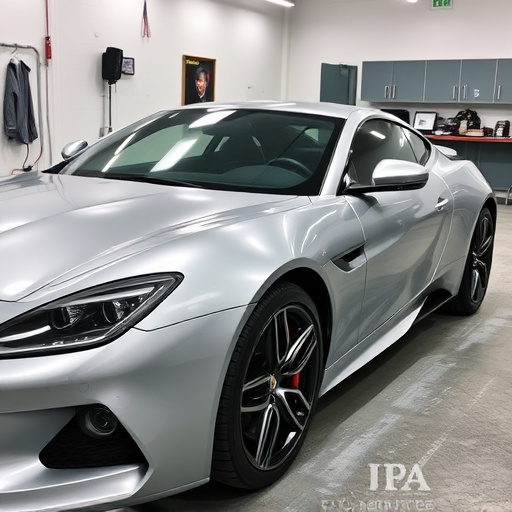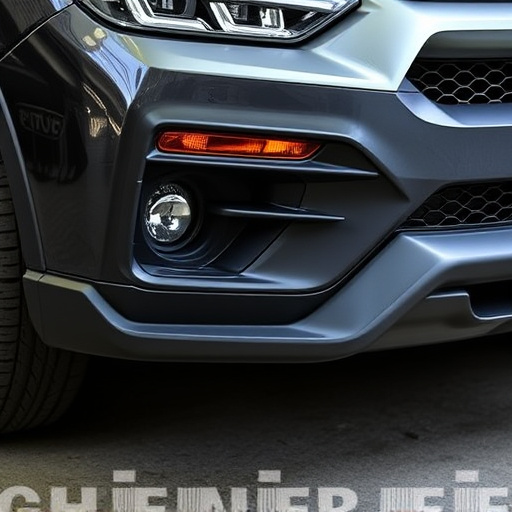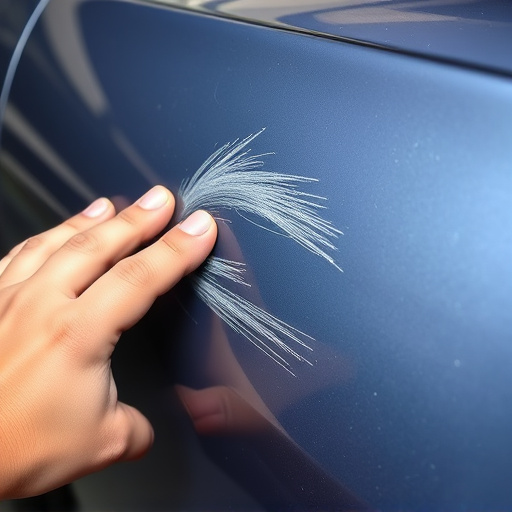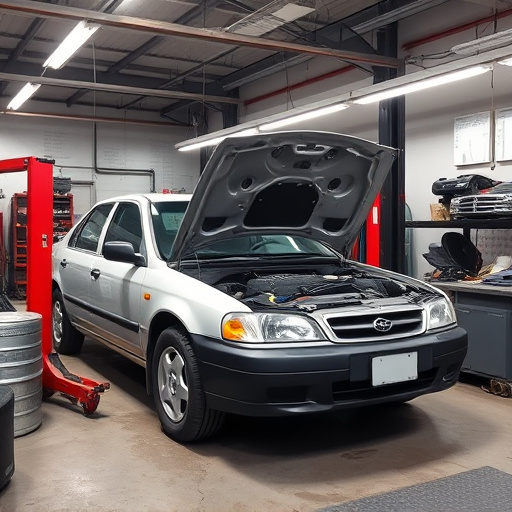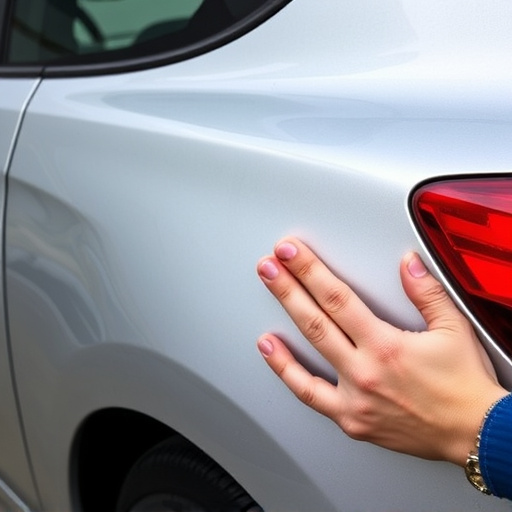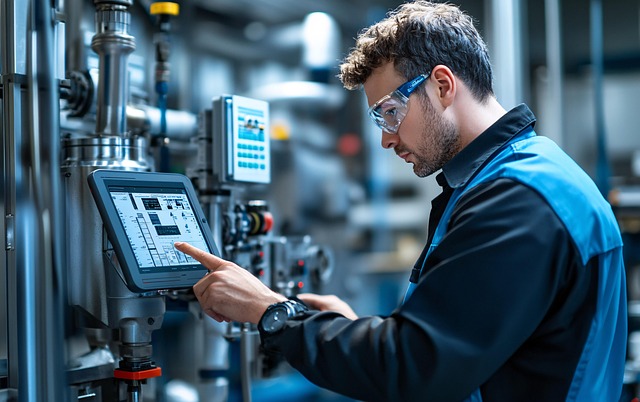Collision and cosmetic repairs require distinct photo documentation strategies. Structural collision repairs demand meticulous documentation for insurance claims, while cosmetic repairs focus on before-and-after photos for marketing and customer trust. Effective repair photo documentation combines technical skill with observation, ensuring transparency, communication, and evidence of work done. Best practices include capturing every angle, using clear images, and updating progress throughout the repair process.
In the automotive industry, understanding the distinction between collision and cosmetic repairs is paramount for efficient workshop operations and customer satisfaction. This article delves into these two distinct categories of vehicle damage, highlighting their unique implications on repair processes. We explore the pivotal role of repair photo documentation in each case, detailing how visual evidence aids in accurate assessments and successful outcomes. Best practices are also discussed to ensure comprehensive and standardized documentation for collision and cosmetic repairs alike.
- Understanding Collision vs. Cosmetic Repairs
- The Role of Photo Documentation in Each
- Best Practices for Effective Repair Photo Documentation
Understanding Collision vs. Cosmetic Repairs
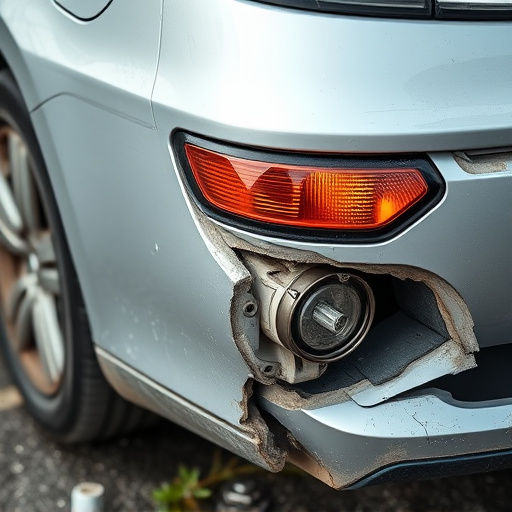
Collision repairs and cosmetic repairs are two distinct areas within the automotive industry, each with its own set of challenges when it comes to repair photo documentation. Collision repair services, also known as structural repairs, involve fixing damage caused by accidents or impacts, focusing on the vehicle’s frame, panels, and safety systems. Proper documentation here is crucial for insurance claims, ensuring that all alterations to the car’s original structure are accurately recorded.
Cosmetic repairs, on the other hand, pertain to enhancing the aesthetic appeal of a vehicle without altering its structural integrity. This includes tasks like painting, detailing, and replacing small damage such as scratches or dents. In auto body repair, detailed before-and-after photos are essential for showcasing the transformation, especially in marketing auto repair services to discerning customers who value both functionality and visual appeal.
The Role of Photo Documentation in Each
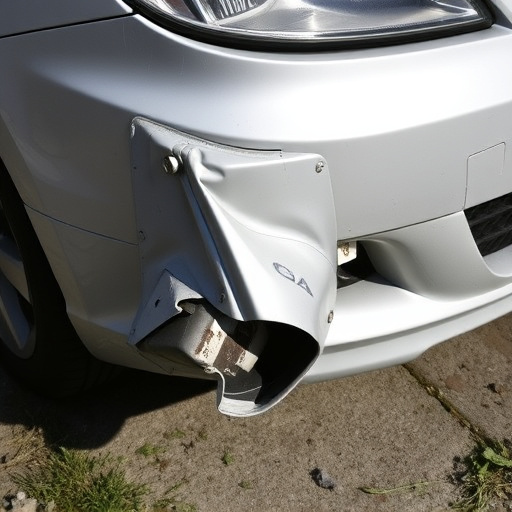
Photo documentation plays a pivotal role in both collision and cosmetic repairs, serving as a visual record of a vehicle’s condition before and after the restoration process. In collision repairs, where damage is extensive, detailed images capture every dent, scratch, or crack on the car’s exterior. This comprehensive documentation not only aids in estimating repair costs but also ensures that every aspect of the collision is addressed during the repair process. Auto repair services rely heavily on these records to match the final outcome with the initial condition, guaranteeing customer satisfaction and ensuring the quality of work.
For cosmetic repairs, focusing on enhancing aesthetics like fender repair or painting, photo documentation still maintains its significance. Before-and-after shots showcase the transformation, highlighting the skill and precision of car bodywork services. It allows customers to visually verify the improvements made to their vehicles, fostering trust in the capabilities of the repair shop. This meticulous documentation is particularly valuable for complex jobs where subtle nuances can significantly impact the final look, ensuring a flawless result that meets or exceeds expectations.
Best Practices for Effective Repair Photo Documentation
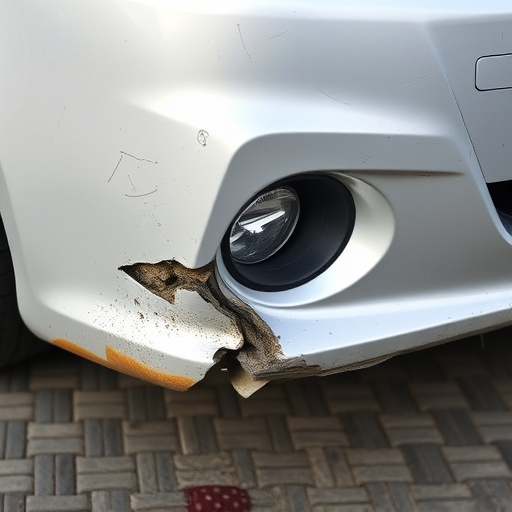
Effective repair photo documentation is an art that combines technical precision with meticulous attention to detail. It’s a powerful tool for both collision and cosmetic repairs, ensuring transparency, facilitating communication, and serving as irrefutable evidence of work performed. To achieve best practices, start by documenting every angle and feature of the damaged area before any repair begins. Utilize both wide-angle and close-up shots, capturing defects, dents, scratches, and other issues with clear, sharp images. Include reference points like markings or unique characteristics to ensure precise reconstruction later.
Regular updates throughout the repair process are equally crucial. Photo documentation should track progress, highlighting each stage of restoration. For hail damage repair or car bodywork services, document initial removal of damaged panels, replacement parts installed, and final reassembly. In auto repair near me settings, these visuals not only aid in customer satisfaction but also serve as a comprehensive reference for future maintenance or repairs, ensuring consistent quality standards over time.
In conclusion, whether dealing with collision or cosmetic repairs, meticulous repair photo documentation is paramount. Understanding the nuances between these two types of repairs and their respective documentation needs is key. By adhering to best practices, professionals can ensure accurate, detailed, and organized visual records that facilitate efficient work processes, enhance customer satisfaction, and potentially reduce disputes. Effective repair photo documentation ultimately serves as a powerful tool for both repair shops and customers alike.
